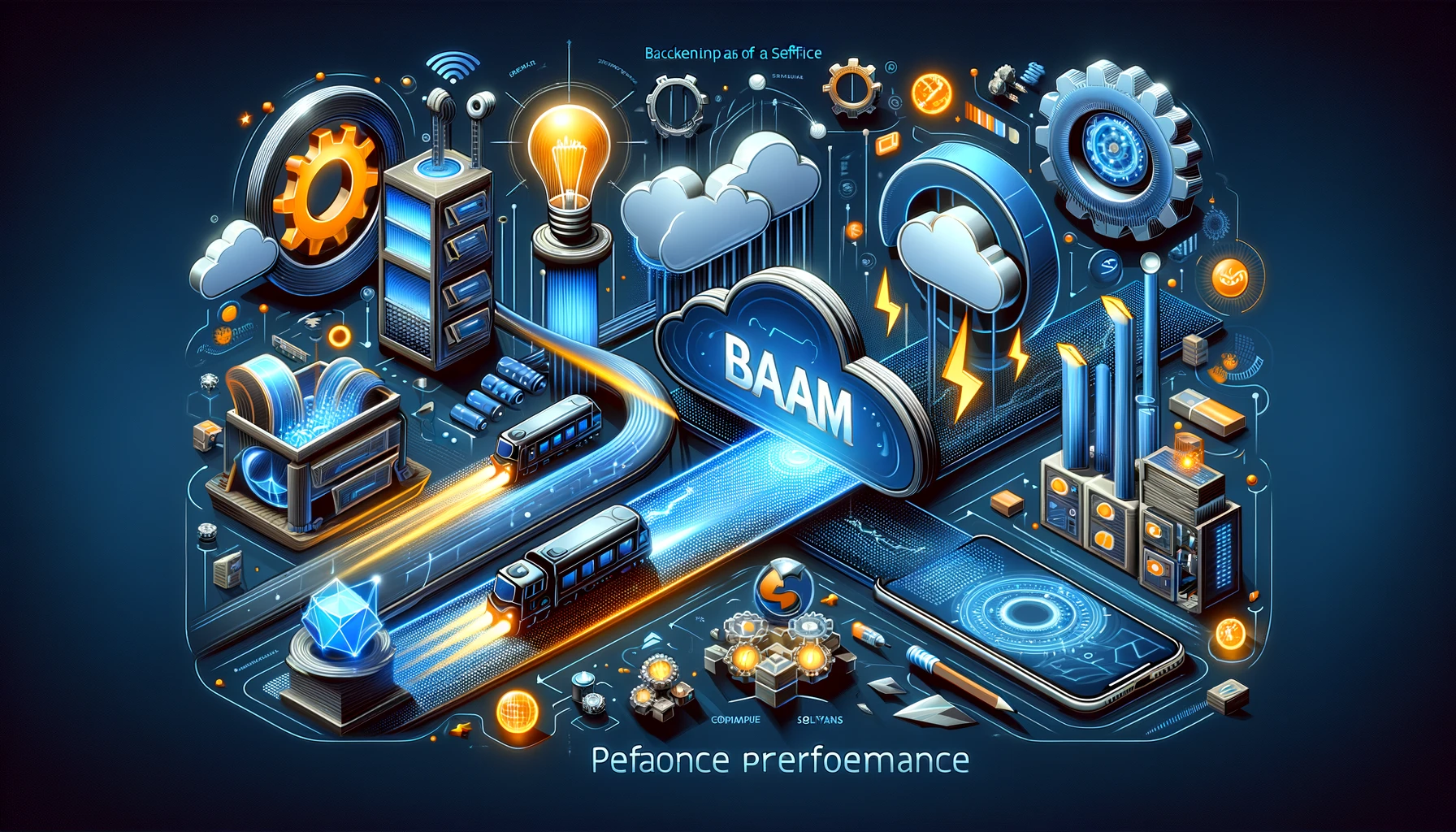Optimizing Performance in Enterprise Software through BaaS Solutions: A Deep Dive with StormAPI
In the competitive arena of enterprise software, performance optimization is not just a goal; it’s a necessity for survival and success. Backend as a Service (BaaS) solutions have emerged as key enablers in this quest, offering scalable, efficient, and flexible backend infrastructure. Among these solutions, StormAPI stands out for its comprehensive approach to enhancing performance in enterprise applications. This article delves into the technical intricacies of optimizing performance through BaaS solutions, using StormAPI as a prime example.
Understanding the Performance Bottlenecks in Enterprise Software
Performance bottlenecks in enterprise software can arise from numerous sources, including inefficient database queries, inadequate resource allocation, network latency, and unoptimized code. These issues can lead to slow response times, decreased user satisfaction, and ultimately, a loss of business. Traditional approaches to solving these problems often involve significant investment in hardware and manual optimization efforts, which are both costly and time-consuming.
StormAPI: Revolutionizing Performance Optimization
StormAPI addresses these challenges head-on by providing a robust, cloud-native BaaS platform designed to optimize performance across various dimensions of enterprise software. Here’s how StormAPI tackles common performance bottlenecks:
1. Scalable Architecture
StormAPI’s cloud-based architecture allows for dynamic scaling of resources to match application demand in real-time. This ensures that applications have access to the necessary compute, storage, and networking resources without manual intervention. Such scalability is vital for handling peak loads during business-critical operations, preventing downtime, and maintaining smooth user experiences.
2. Efficient Data Management
At the core of performance optimization is efficient data management. StormAPI offers optimized database services that support both SQL and NoSQL databases, providing flexibility in data storage and retrieval. Advanced caching mechanisms reduce database load, while indexing and query optimization features ensure that data queries are executed with minimal latency. This is crucial for enterprise applications where speed and efficiency in data processing directly impact overall performance.
3. Real-time Data Processing
For applications that require real-time data processing, StormAPI provides a streamlined solution. Its real-time database capabilities enable instantaneous data updates and synchronization across client and server sides. This feature is particularly beneficial for applications involving live data feeds, chat functionalities, or collaborative tools, where delay is not an option.
4. Integrated CDN Services
Network latency is a common culprit behind poor application performance. StormAPI tackles this issue by integrating Content Delivery Network (CDN) services, which distribute content across a global network of servers. By serving content from locations closest to the end-users, CDNs minimize latency, enhance load times, and improve the overall user experience.
5. Automated Performance Monitoring and Optimization
Understanding and addressing performance bottlenecks require comprehensive monitoring and analytics. StormAPI includes built-in monitoring tools that track application performance in real-time, providing insights into potential bottlenecks and areas for optimization. Additionally, its automated optimization tools can proactively adjust resource allocation and configuration settings based on observed performance patterns, ensuring optimal operation without manual intervention.
Technical Implementation Example with StormAPI
Consider an enterprise that operates a global e-commerce platform experiencing slow load times and transaction processing delays during peak traffic periods. By migrating its backend to StormAPI, the enterprise can leverage StormAPI’s dynamic scaling to automatically allocate more resources during traffic spikes, ensuring smooth operation. The integrated CDN minimizes latency for users worldwide, while optimized database services speed up product searches and transaction processing. Real-time monitoring allows the enterprise to identify and address performance issues proactively, maintaining a high-quality user experience.
Advantages and Outcomes
Implementing StormAPI for performance optimization offers several advantages:
- Enhanced User Satisfaction: Reduced load times and smoother interactions lead to a better user experience, increasing customer satisfaction and retention.
- Cost Efficiency: Dynamic scaling and optimized resource utilization prevent over-provisioning, reducing operational costs.
- Business Agility: The ability to quickly adapt to changing demand and performance requirements supports business growth and agility.
- Reduced IT Overhead: Automated performance optimization and monitoring reduce the need for manual intervention, allowing IT teams to focus on strategic initiatives.
In the quest for performance optimization in enterprise software, BaaS solutions like StormAPI offer a compelling approach. By addressing common bottlenecks through scalable architecture, efficient data management, real-time processing, integrated CDN services, and automated optimization tools, StormAPI enables enterprises to enhance their application performance significantly. The technical capabilities of StormAPI not only improve user experiences but also drive cost efficiency, business agility, and reduced IT overhead, underscoring the strategic value of BaaS solutions in today’s digital landscape.


Leave a Reply